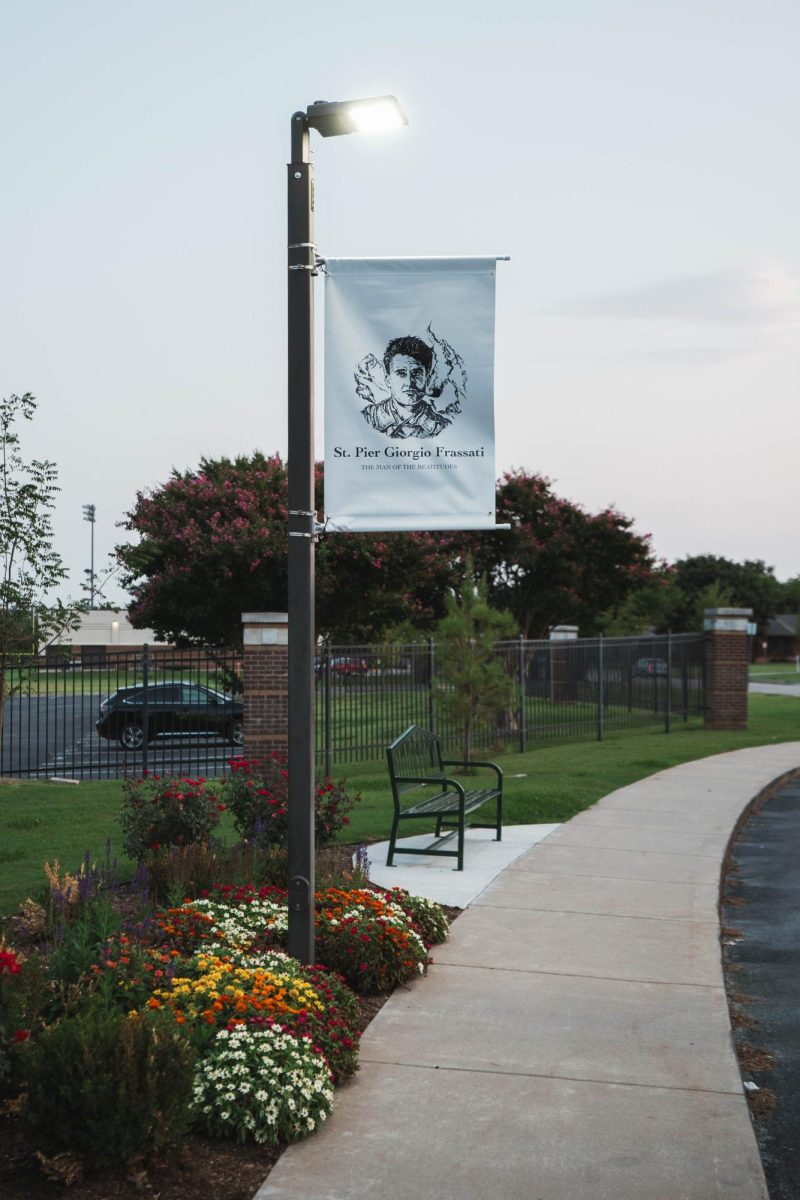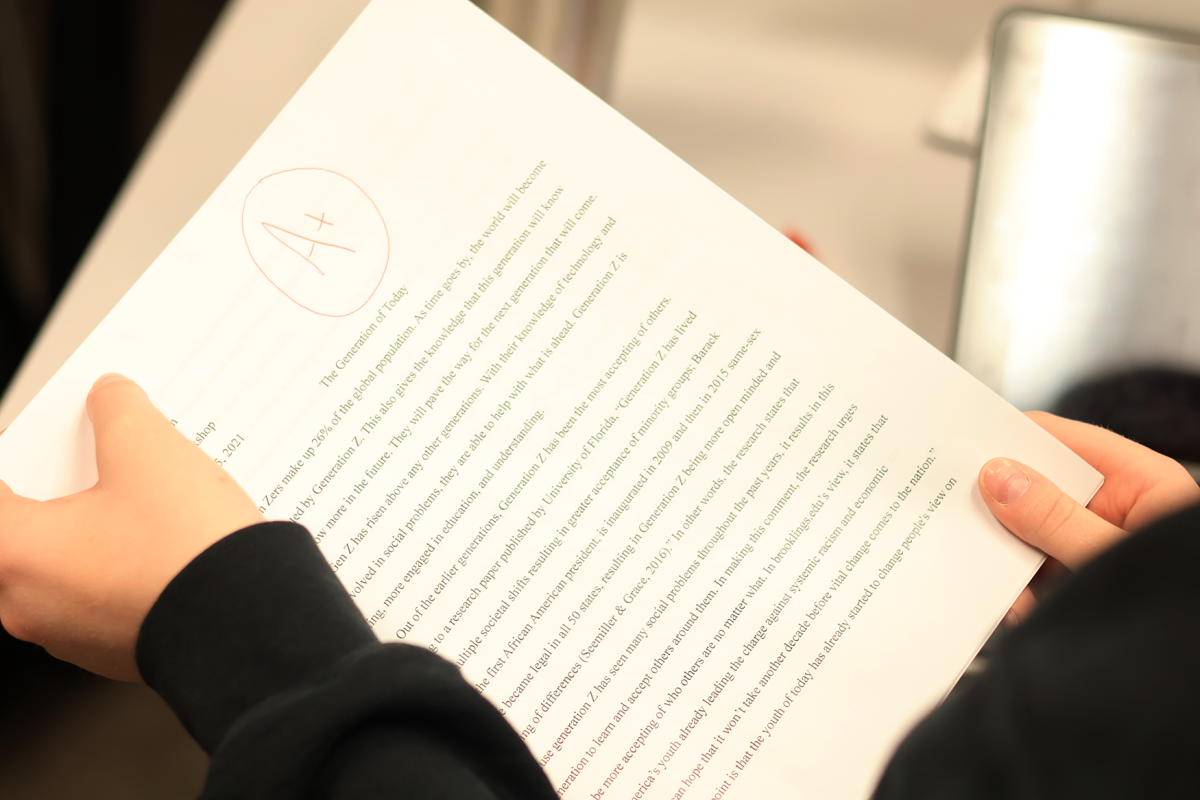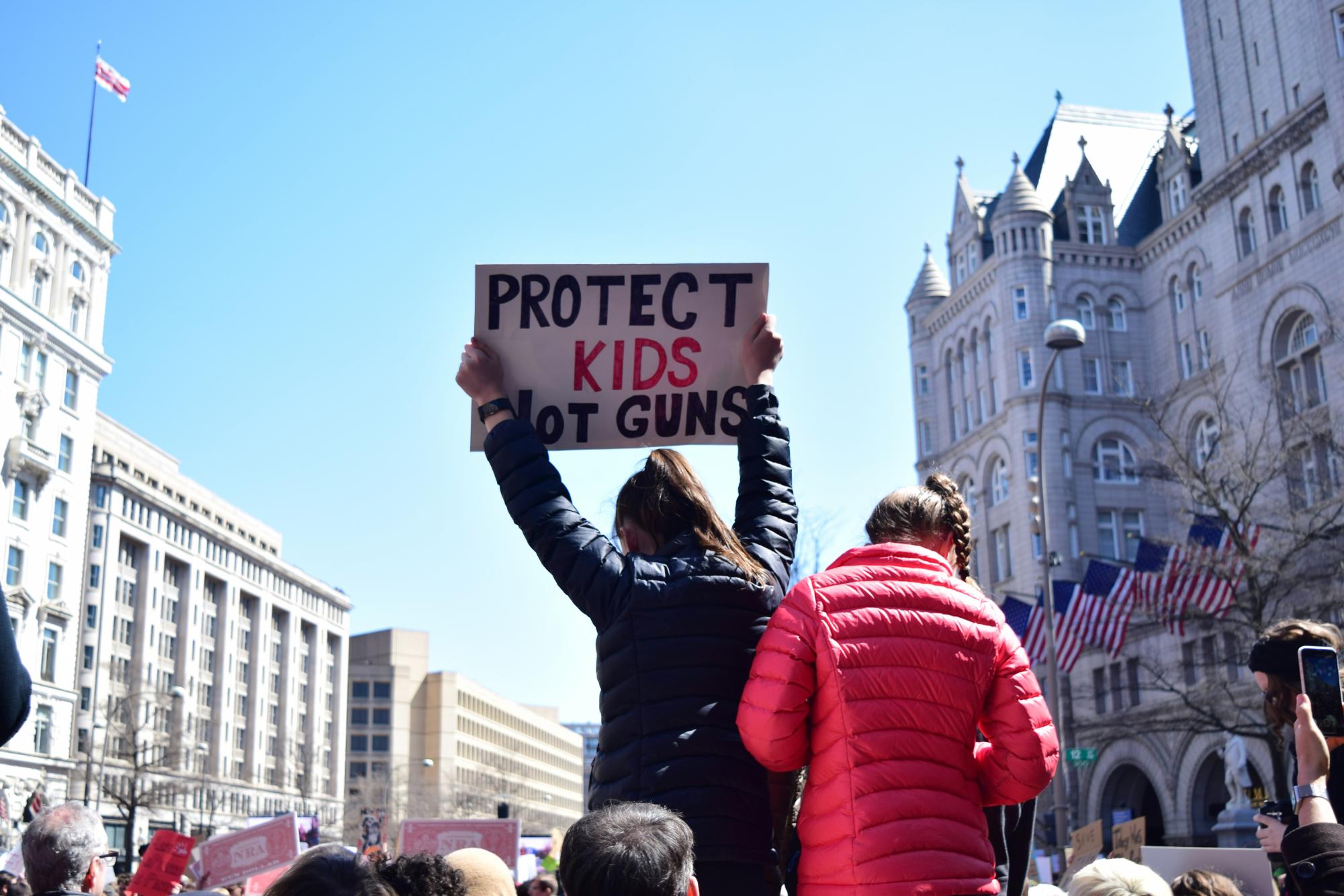
A uniquely American tragedy
Since Columbine in 1999, over 300,000 American children have been exposed to gun violence during school hours. Guns remain the number one killer of American children.
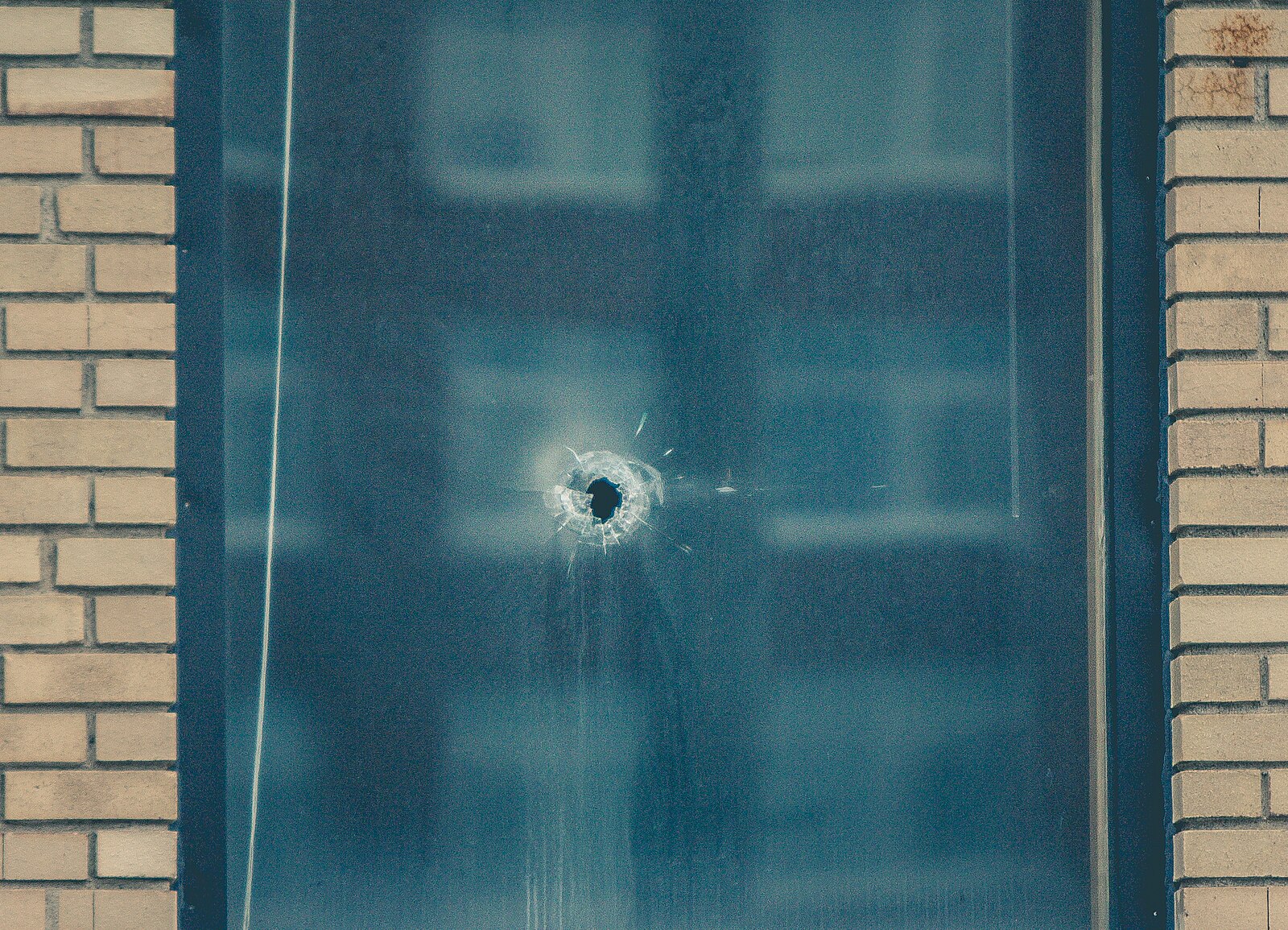
America is the only developed nation where children go to school under the daily threat of being gunned down. A 2018 Pew Research article found that 57% of America’s teens are worried about school shootings. The rise of school shootings is not a mystery, nor is it an unavoidable “fact of life,” it is the direct result of our seemingly unwillingness to confront gun violence head-on. In a country where school shootings have climbed to record highs, the classroom has become a place where math lessons and reading assignments coexist with lockdown drills and unspoken fears.
Until lawmakers are willing to ban weapons of war from classrooms and communities, our children will continue to pay the price for the adults’ refusal to act.
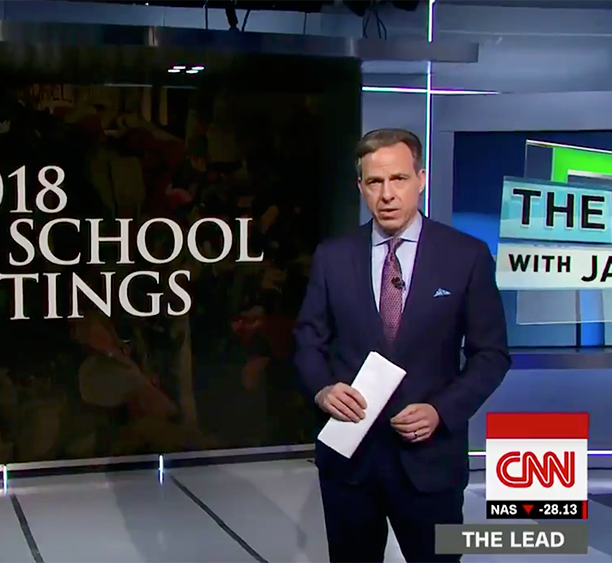
The scope of the crisis is staggering, and it cannot be explained away as isolated events. From 1997 to 2022, at least 1,453 school shootings have been documented in the United States, a number that has alarmingly accelerated in the last decade.
Each one of these events represents a time when classrooms became crime scenes, when ordinary school days dissolved into chaos. What was once a rare horror has evolved into a recurring nightmare. America now leads the developed world in an unenviable category: children killed while they are taught to read.
While high-profile massacres like those at Sandy Hook Elementary, Marjory Stoneman Douglas High, and Robb Elementary in Uvalde dominate headlines, they are only the tip of the iceberg. Beneath the surface of 24/7 news coverage lies a steady drumbeat of smaller-scale shootings; incidents that rarely earn national coverage but still shatter lives and communities.
For every parent who loses a child, for every student who runs past bullet holes in a hallway, for every administrator who has to coordinate a response, the trauma is just as real. No matter how many national chyrons it dominates.
The sheer frequency of these shootings underscores a grim truth: this is not a coincidence. It is a predictable consequence of policy failure and the easy availability of guns built for rapid, mass killing.
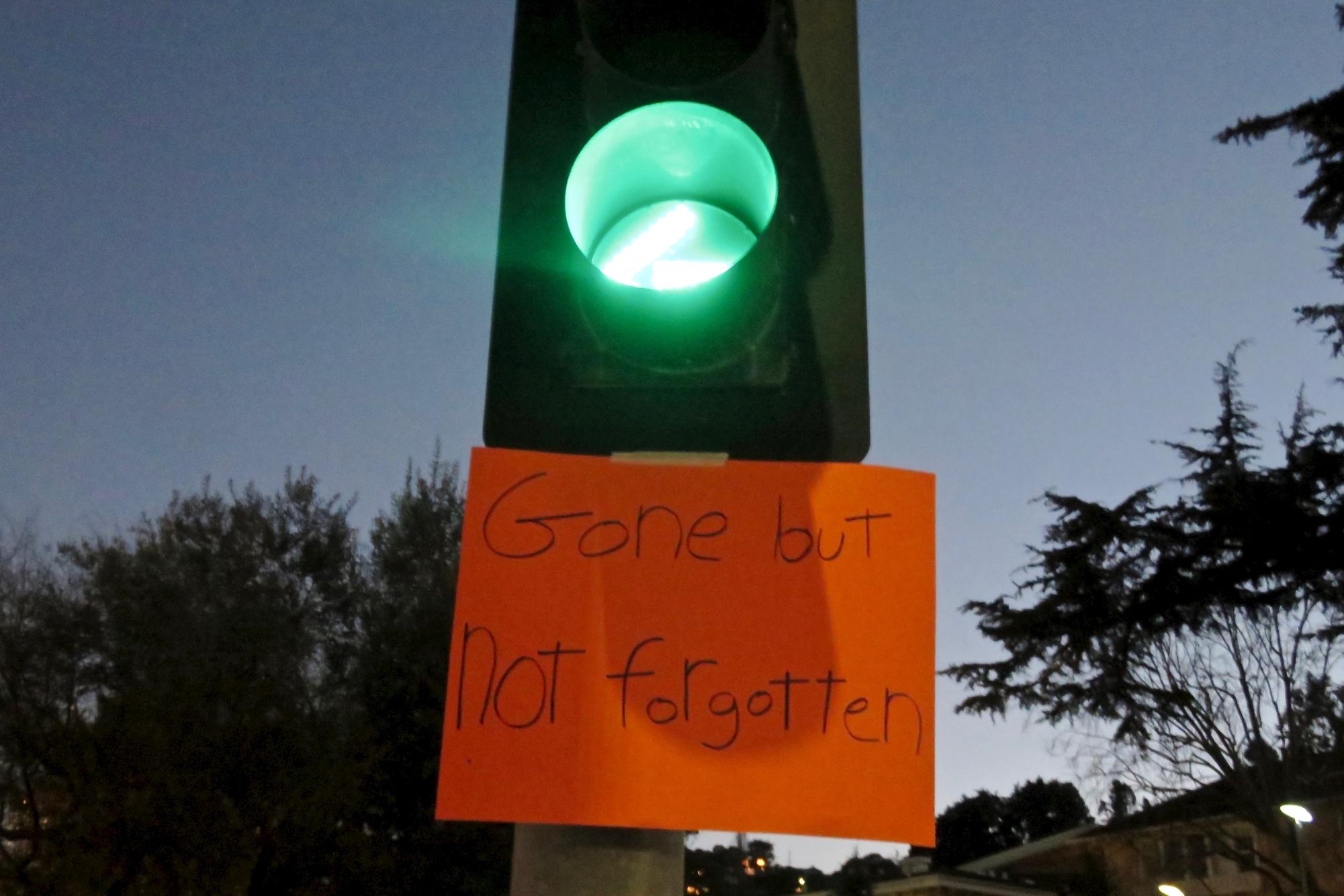
The damage inflicted by school shootings doesn’t stop at the number of victims counted in body bags. When gunfire echoes through hallways and classrooms, that trauma reverberates through entire communities, often for decades. A NIH study found that in communities where a fatal shooting occurs, youth antidepressant use rises by 21.4% and remains elevated for more than two years. This reality is chilling not only for what it reveals about mental health treatment in America, but also for what it reveals: even survivors who are physically unharmed cannot escape the psychological fallout.
Children who endure school shootings report elevated levels of anxiety, depression, and PTSD. These conditions are not fleeting; they shape how students see the world, how they learn, and how they interact with their peers. A simple loud noise in a cafeteria can trigger a panic attack; a fire drill can feel like an ambush. Students in nearby schools, even if they weren’t in direct danger, often report similar effects, living with a heightened sense of vulnerability. This fear becomes part of their identity, part of their childhood.
The most devastating truth is that we are teaching children to live in fear. The emotional toll doesn’t dissipate with time; instead, those experiences shape who kids become as adults. School shootings aren’t just tragedies of the moment they happen in; they are shaping the future mental health of an entire generation.
The Institute for Policy Research and Northwestern University published an article in August of 2024 highlighting this very reality.
“The use of prescription drugs to treat mental health conditions, including depression and anxiety, increased by over 25% among youth living near fatal school shootings. Five and a half years later, the use of these medications remained high.”
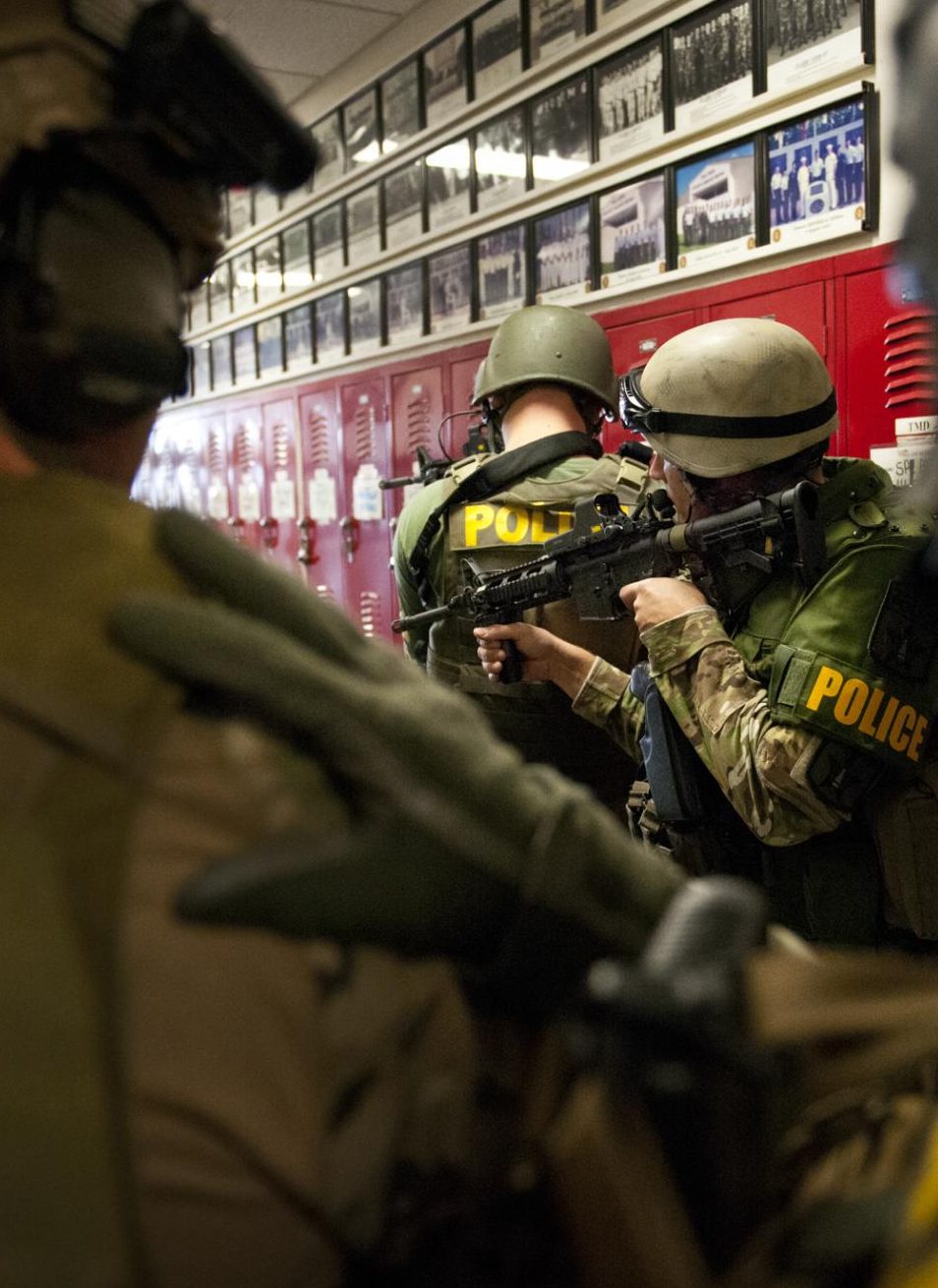
As shootings have become more common, schools have tried to prepare students through lockdown and active shooter drills. These exercises are meant to reassure parents and demonstrate readiness to students, but in reality, they often deepen the trauma. It makes a tragedy that may seem separate and unlikely in their school community, one that they have to grapple with.
In 2021, Everytown (a gun safety adovacy group) and Georgia Tech conducted a study on the effects of school safety drills.
“Active shooter drills in schools are associated with increases in depression (39%), stress and anxiety (42%), and physiological health problems (23%) overall, including children from as young as five years old up to high schoolers, their parents, and teachers. Concerns over death increased by 22 percent, with words like blood, pain, clinics, and pills becoming a consistent feature of social media posts in school communities in the 90 days after a school drill.”
In interviews, students describe rehearsing their own deaths. They talk about crouching silently in dark closets, about practicing how to remain still and quiet while imagining a gunman roaming the halls. Some participants recall teachers instructing them to use textbooks or staplers as weapons of last resort. Others remember writing farewell texts to their parents during a drill, convinced that it might be their last message.
“I can tell you personally, just as an educator, we were not okay [after drills]. We were in bathrooms crying, shaking, not sleeping for months. The consensus from my friends and peers is that we are not okay,” a K-12 teacher told Everytown in 2021.
Drills or not, the message is clear: society is not protecting you, so you must prepare to protect yourself. Instead of safety, drills often instill helplessness. They normalize violence as an unavoidable feature of childhood, teaching kids not how to thrive, but how to survive.
The 2020s have already marked the highest rate of school shootings on record, with each year surpassing the last. For today’s K-12 students, the fear of gun violence is not hypothetical; it is part of their everyday reality and teaching. Bulletproof backpacks are marketed alongside lunch boxes. Schools install reinforced doors and more security cameras. Teachers are trained in defensive maneuvers, and Republicans proposed that teachers have guns in the classroom in Oklahoma.
But here is an uncomfortable truth – these measures are cosmetic. They address symptoms, not causes. Public health experts agree that while safety and preventative measures can help, they cannot stop shootings as long as semi-automatic rifles and high-capacity magazines remain widely available. These weapons, designed for rapid-fire killing, have no place in classrooms or communities. Banning them should not be a matter of politics; it should be about valuing the lives of children over the lobbying power and spending of the gun industry.
To continue as we are is to accept that America will sacrifice its children rather than its assault rifles. This is the silent contract our country has made, and it is written in the blood of students. Year after year.
The price of inaction is being written not just in obituaries, but in test scores, antidepressant prescriptions, broken families, and the dreams of students too scared to walk their own hallways.
Until semi-automatic rifles are banned, and gun laws reflect the value of children’s lives over political stalemate, every classroom in America remains one trigger-pull away from becoming the next headline.
NOTE: This story was published the day after an armed individual was found near the campus, causing the school to go into lockdown.
This story is an opinion piece and does not reflect the views of the entire Chi Rhoan staff or the Bishop McGuinness community.



